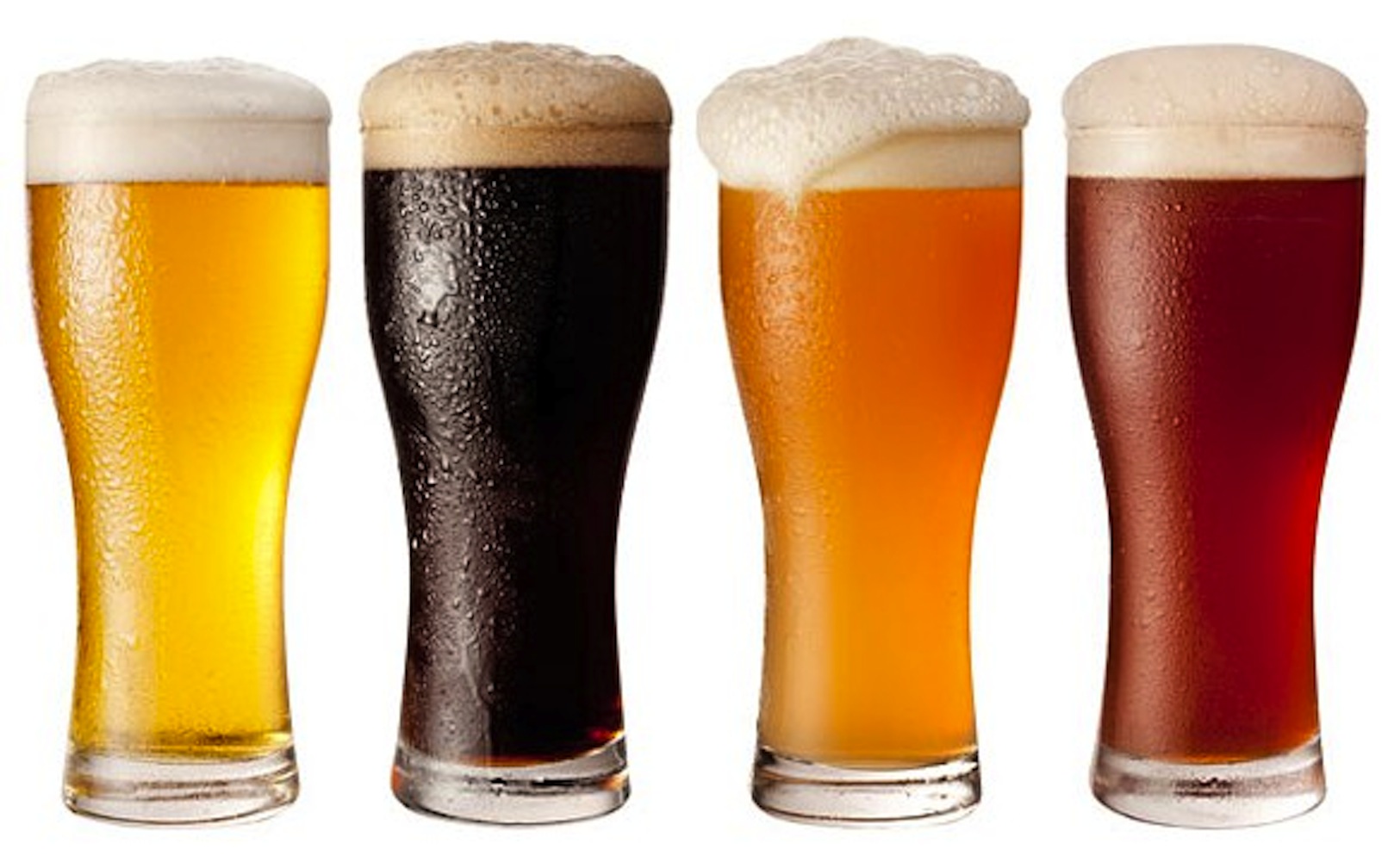Enjoy your beer and maintain a good round of golf – Busting the beer myth: How a beer—or two, or three—affects your golf game
It’s one of the great burning questions in golf: Does alcohol make you play better or just think you play better? In other words, should you drink while playing? According to Phil Striano, D.C., “It all boils down to whether you want to shoot the lowest possible score or to have the best possible time.” Guess which choice involves loading a cooler into your golf cart?
Putting the whoop-it-up factor to one side for a minute, we decided to find out how alcohol affects your golf swing. We turned to Striano, a Titleist Performance Institute–certified chiropractor and avid low-handicap golfer, to apply some science to the question in his golf studio at Hudson Rivertowns Chiropractic in Dobbs Ferry. Under (barely) controlled conditions, we asked a dozen pretty average golfers to hit some golf balls into a net, drink a few beers, hit some more balls, drink some more beer, hit more balls, drink, hit, drink, hit, etc. The test grew a little raucous, but the goals of science were eventually served.
Striano and Keith Melnik, assistant pro at Ardsley Country Club, used some of the latest technology to analyze the group’s performance—the K-VEST, which plots the movement of the body during the golf swing; and the TrackMan radar system, which measures swing speed, shot distance, accuracy, and a bunch of other metrics. We used a conversion chart to estimate blood alcohol levels based on body weight, consumption, and time spent drinking.
The guinea pigs were golfers just like you and me. They ranged in age from 25 to 64, handicaps from 0 to 25, and number of rounds played per year from 10 to 50. Every one of them said they drank while playing—at least sometimes—and most said they felt more relaxed when they did. Most of them figured a little “swing oil” improved their game, although more than one confessed they really didn’t know. Or care.
Our volunteers didn’t shirk their responsibilities. They consumed anywhere from three to eight beers (yes, we were counting!) and hit 229 balls (not including warm-ups and goofing around) for the test. By the time they finished, five of them were over the DUI limit of 0.08% blood alcohol, and most of the rest were really, really close to it.
The results? Not surprisingly, the more beer you drink, the worse you play. Quite frankly, though—especially considering how many of the volunteers were slurring their words and telling raunchy, pointless jokes by the end of the test—the impact on their swings wasn’t too bad. The distance they hit the ball suffered the most, with an average loss of 8.2 yards in carry using a six iron, although three of the 12 gave up more than 20 yards.
Accuracy actually improved a bit for the group after they’d had a few, at least as measured by how far the ball landed from an imaginary target. The average was about two yards closer, although five of the players got worse, and seven became just slightly better—or luckier. When you combine distance and accuracy, average player performance went down by about 4 percent when alcohol was involved.
There was a clear correlation between blood alcohol levels and golf ability. As more pickling agent hit the bloodstream, the golf swing became more erratic. Incidentally, high handicappers suffered proportionately more, as did older golfers.
Striano and Melnik analyzed the K-VEST data to see just how the golf swing responds to a suds bath. “When you start drinking, a whole lot of things happen. Beginning with alignment, the golfer becomes erratic,” Striano said. “Plus, there’s no question that there is a definite swing oil effect. Most of the guys got a lot looser, and there was more turn in their hips and shoulders.” (Yes, but did it help?) “That made their swings longer, which actually reduced how far they hit the ball.”
We couldn’t measure the effects of beer on the golfers’ judgment, although given the way many of them were acting after a few, we suspect it doesn’t get more conservative. (“Carry that water hazard with this three wood off a downhill lie? Sure—why not!”) Equally unmeasurable was the attitude factor, although our test subjects were certainly happier at the end of the test than when they began, regardless of how—or where—they hit the ball.
Perhaps the best guidance about booze on the golf course came from a real aficionado of both—Dean Martin—who once said, “If you drink, don’t drive. Don’t even putt.”

















